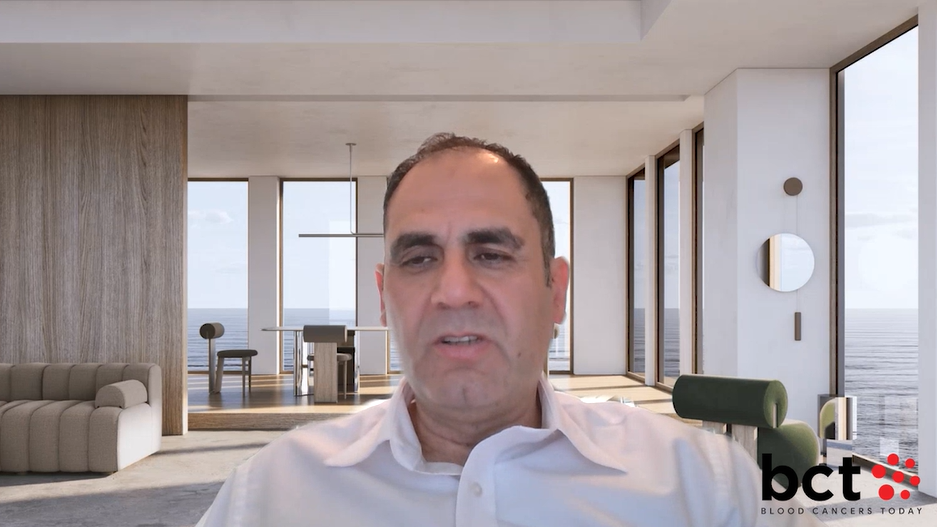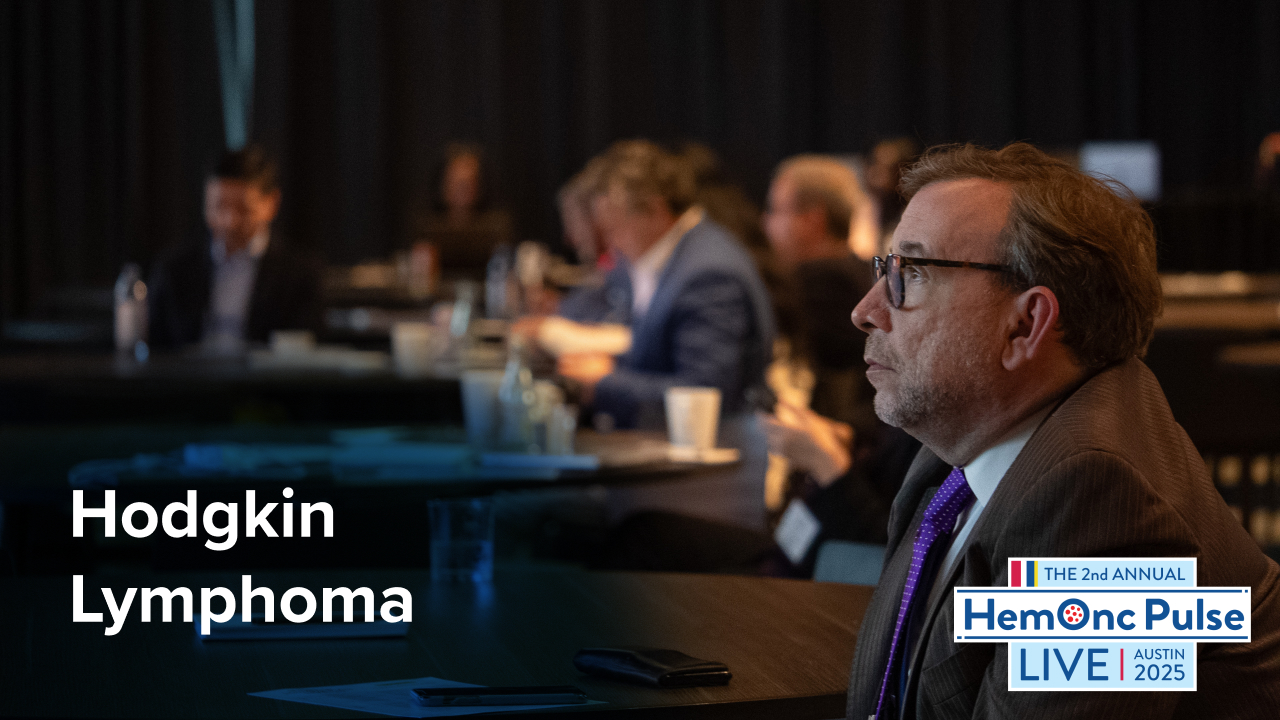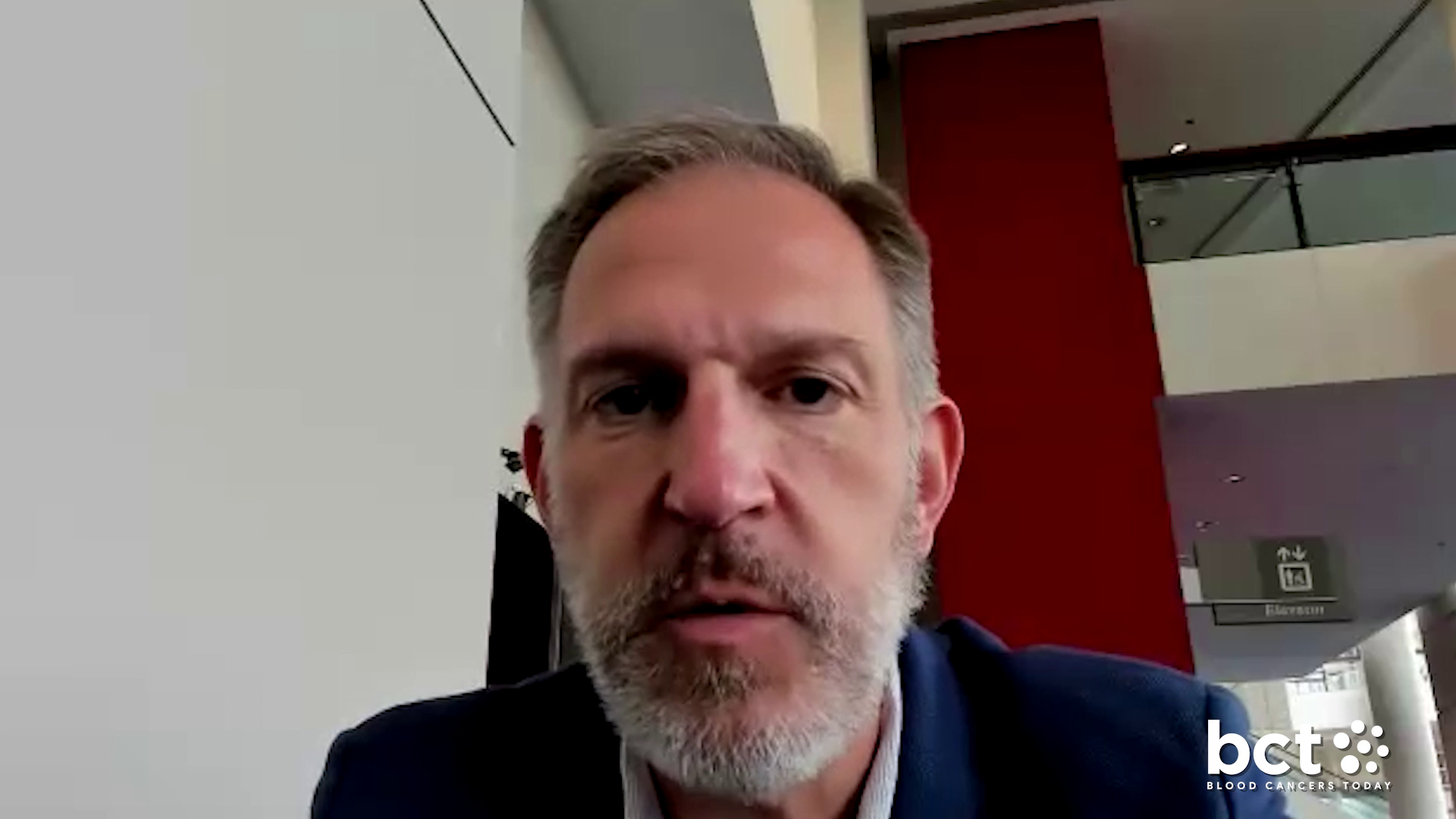Bispecifics: Operationalizing the Treatment and What the Care Team Needs to Know
By Thomas Martin, MD, Ajai Chari, MD, Ajay Nooka, MD, FACP, Angela Dispenzieri, MD - Last Updated: October 12, 2023A roundtable discussion, moderated by Thomas Martin, MD, Blood Cancers Today Associate Editor, of the University of California, San Francisco, focused on bispecific therapeutics for the treatment of multiple myeloma. Dr. Martin was joined by Ajay Nooka, MD, MPH, FACP; Ajai Chari, MD; and Angela Dispenzieri, MD.
In the next segment of the roundtable series, the panel discusses their personal experience with bispecifics-related REMS programs and how they have incorporated these treatments into practice at each facility.
Watch the next segment in this series.
—
Dr. Martin: These therapies, they have had toxicities that were not expected in myeloma therapeutics. CARs [chimeric antigen receptors], bispecifics, even belantamab mafodotin had the Risk Evaluation and Mitigation Strategies or the REMS programs that we’ve all had to do. Let me ask you Ajay, in terms of how did you operationalize this at Emory? Who ran that show? Who got it from the first FDA approval to actually getting it into your pharmacy and into patients?
Dr. Nooka: Absolutely. I’ll take you through our story. Our RES program for teclistamab involves three doses. The first one is giving the minute dose. The second dose is a larger dose of 0.06 mg/kg to the ultimate final target dose of 1.5 mg/kg. Each of them should be separated by 24 hours at least, and the patient should be hospitalized for 24 hours, which means in a busy, large-volume system, you cannot admit the patient and discharge the patient. The idea is for us to admit those patients continuously and shrink the time to the maximum possible time so that the patient stays in the hospital for the least amount of time as required by the REMS program. That was the intent. But if we do that, the cost of the drug is not being paid. We had to get the buy-in from the hospital. We invited our director of pharmacy, basically asked them, so what is the loss that we are taking for admitting each patient? Because I could bring in 20 patients to be delivered with the dosing right away, but when the hospital is realizing that they’re losing money on that front, they may not be allowing me to dose the 21st patient. Having a good strategy upfront to see what is the minimal time that the patient can stay with us to recuperate those losses so that the patient can go back to the primary care physician—the primary oncologist. That timeframe boiled down to at least a month. We have communicated this openly with the patients, openly with the community oncologist. The patient comes to us, we want to make sure that the patient is getting, number one, per REMS program; we have conferred to all the requirements.
We made sure that the toxicities are all minimized, and we have saved the patient of any future toxicities and safely handed over the patient. The reality comes in that when we are trying to hand the patient back to the community, the community was not prepared to accept at this point of time. But again, it is a learning curve. There are some physicians that are willing to give in the community. It becomes easier as we go along where they have to go through the REMS program and them understanding the toxicities that are associated probably can help us to deliver this care seamlessly.
Dr. Martin: Yeah, I think that’s really important. For us too at UCSF [University of California, San Francisco], pharmacy really has driven most of it, right? They get the drug, they take it through P&T [pharmacy & therapeutics] committee; they make sure all of us, everybody who’s caring for patients are actually REMS certified, that we all took the test, we all hopefully passed the test before we’re able to do it and then we can initiate the therapy. The same thing with us. As you talk about, the drug costs are not covered while they’re in the first initial hospital stay. You do lose a little bit in terms of money through the pharmacies there, but you do make it back eventually when they go outpatient and start to get therapy, etc.
But in fact, it’s great because you see the patient have this amazing response to the drug. A lot of the pain stuff, a lot of the other supportive care medications, etc., that you’re using, go away, which is really quite amazing. I’m curious, Ajai, in your scenario when you were at Mount Sinai, how did you educate infectious disease, ER, the ICU; did you do anything specific for those people to know about bispecifics, etc.?
Dr. Chari: Yeah, I think I would even start first with the hem/onc team itself needs to be educated, right? Because the PI [principal investigator] has to attend the SIV [site initiation visit], but there’s a whole group of people that are touching the drug that don’t attend the SIV. That starts with when the patients are admitted, the nurses on the floor need to be educated about CRS [cytokine release syndrome], right? This isn’t just a low-grade temperature, it’s the beginning of CRS. Then you need to call the on-call person. The on-call person may or may not, depending on the institution, be a hem/onc person. It could be hospitalist; it could be a resident. They need to be educated. Then the pharmacist who’s on call, because we were joking, CRS never happens at a convenient time. Of course not. I’ve gotten more phone calls in the last three years in the middle of the night than the entire 20 years before that, right?
When the CRS is happening, that frontline provider who orders dexamethasone or tocilizumab, whatever’s being given, that pharmacist needs to mix the drug quickly if it’s tocilizumab, and then the nurse who’s at the floor needs to hang the drug quickly. There’s that whole chain of command or custody that needs to be tightened. I think that goes a long way. We had some patients who had delays because of, say, IV infiltration or lack of IV, those had some sequelae. I think I would say that’s hem/onc team is one issue. We also created order sets so that if it is an overnight person, what’s the dose of tocilizumab? They don’t have to look it up. You click the box, there it is. There’s a dropdown menu for labs for CRS, for drugs for CRS. That helped in Beacon. I think many of us use in EPIC. I think once you leave the hem/onc team, then the neurologists need to be trained because these drugs have unusual toxicities. ICANS [immune effector cell-associated neurotoxicity syndrome] is part of it, but when you put into the CAR-T, you can also have cerebellar toxicity, Parkinsonian features, and it’s nice to have one person as a go-to for all of these drugs because these are rare, but if you just send one off to every neurologist, they’re never going to develop that expertise. That goes for infectious disease too, right? We’re seeing really unusual infections, and this isn’t just garden variety pneumonia. It’s like crazy, I had a subspecies affecting the pericardium and it was a pericarditis. Another one had an empyema getting a chest tube.
These are infectious disease professionals we’ll have to learn whether or not they want to. I think ERs need to be trained. I mean some institutions do a bracelet, but when a patient, especially if being monitored in the outpatient setting comes in, don’t just go down the COVID-19 pathway and not think about the drug. I think those are some examples. You need to reach all of those and the ER nurses need to be trained because some institutions, tocilizumab is considered a monoclonal antibody. Who can hang monoclonal antibodies? Often hem/onc nurses.
Well now you need ER nurses and ICU nurses to also give it because the patient may not be in a hem/onc floor, right? I think it’s a huge learning curve, but the reward is definitely worth it. I think the other point I would make, especially for a community audience is bispecifics are coming whether or not you like it. You either get on board now or you have to get board later. Myeloma and lymphoma are leading the way, but every disease has a bispecific under investigation, and it’s worth the investment to train all of these people to give the best care for our patients.
Dr. Martin: The response rates that we’re seeing is going to drive the need for this to be given everywhere, right?
Dr. Chari: Yeah.
Dr. Martin: Community oncology is going to need to give it; community hospitals are going to need to give it. We obviously are already giving it. What do you think Angela?
Dr. Dispenzieri: Yeah, I mean, so I think there’s been a lot of learning; the convenience of some of the practices and policies, CAR-T and bispecific. Those protocols are shared, which is helpful in terms of learning. But I guess you look at even autologous stem cell transplant and how that isn’t done in every community practice. I mean people will send their patients for that. I guess I don’t know what the future will hold in terms of that first month or two. Maybe it will be the academic centers and then when you’re not getting the CRS and that kind of thing, then you can hand it off and everybody will be given. But I don’t know if every community hospital is going to have a bispecific team because I just don’t. Although myeloma is common, it’s not that common until it goes into solid tumor.
Dr. Martin: Correct. Once it’s approved in prostate or breast cancer, then it’s done.
Dr. Dispenzieri: Then everybody’s going to be doing it. But I think at this point, I think it’s a question of a handoff as opposed to expecting everybody to be doing at least the initial part.





 © 2025 Mashup Media, LLC, a Formedics Property. All Rights Reserved.
© 2025 Mashup Media, LLC, a Formedics Property. All Rights Reserved.